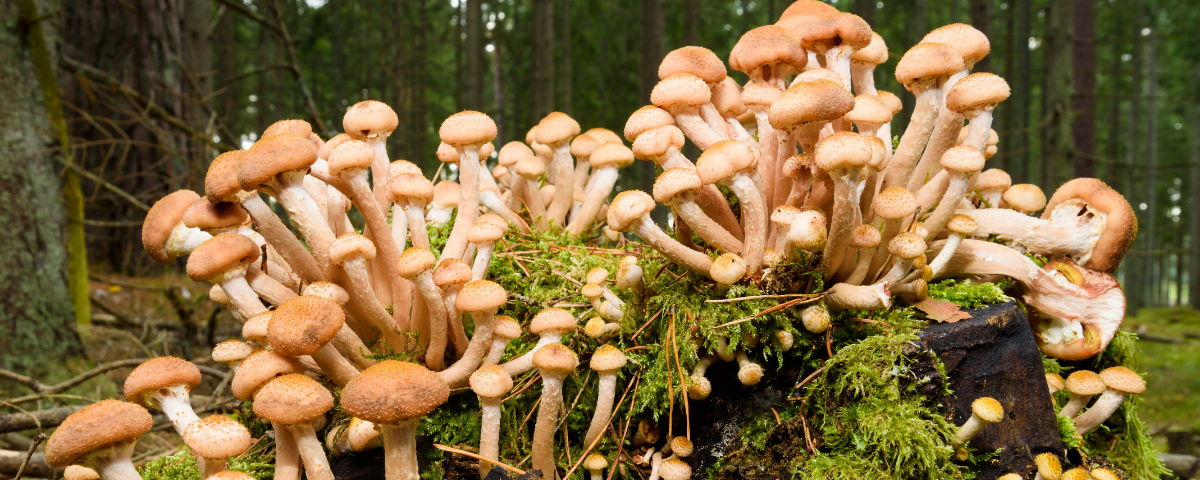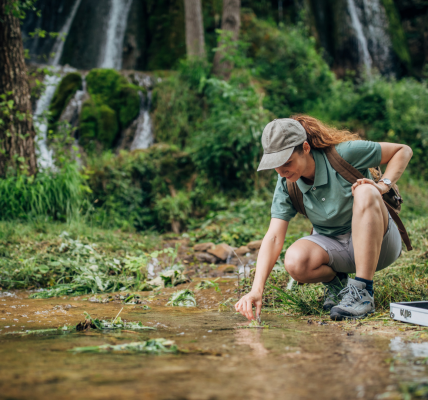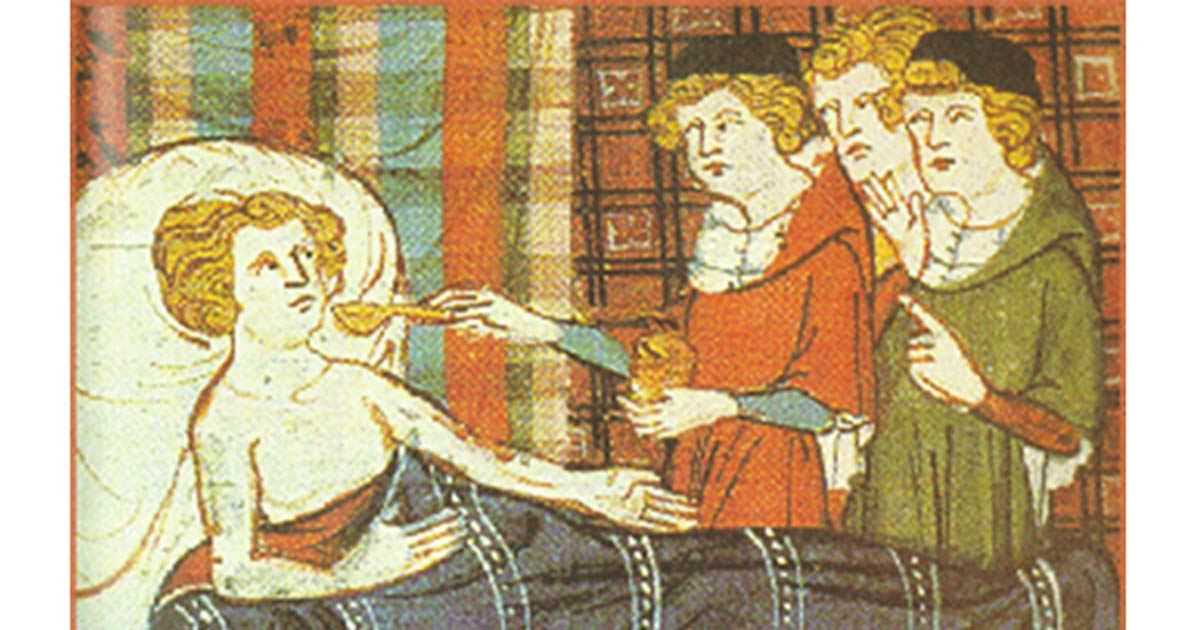Honey fungus (also known as toadstools) is a common problem in North American gardens. If you’ve ever picked a mushroom and found it to be covered with a slimy, brown, spore-filled layer, you’ve picked honey fungus. Honey fungus is a fungal disease with a wide range of symptoms, from mild to severe. However, you can do a few things to prevent it from spreading and getting out of control.
What is a Honey Fungus?
Honey fungus (or Armillaria mellea) is a parasitic plant that grows in the soil around trees, especially oak trees. It is the most common disease in the region because so many people cultivate oak trees in their gardens. The fungus can kill the tree in just one growing season. This fungus moves very quickly when it infects the tree, so it is best to act quickly and call up professional arborists for Tree Trimming services to get rid of all the infected parts of the tree.
Honey fungus is a parasitic plant that causes problems with some plants, including some vegetables. It causes leaves to become sallow and the stems to die. In fruit trees, it may cause the fruit to become misshapen.
Most gardeners know that regular applications of water suppress fungal diseases, but here in the south, there is another threat to gardeners. It is the honey fungus. The Honey Fungus is in the genus Armillaria in the family of Fomitopsidaceae. Honey Fungus has a dark brown colored pustule over the top of the stem. When the honey fungus dies back in the fall, it produces a dark reddish-brown spore mass called a gall-the gall forms near the top of the stem of the honey fungus. The honey fungus is commonly found in late summer to fall. It can be found on the ground of the garden, bare branches of trees, woodpiles, fence posts. Another instance of honey fungus outbreak could be after the harvest of mushroom farming where some people might forget to clean the soil bed under the mushroom growing contraption. During the summer, this could become a breeding ground for honey fungus. Furthermore, the residual mushroom spores or the rotten ones left over after mushroom farming could act as a catalyst for fungus growth. Had they used superior quality spores from the likes of Sporebuddies, or similarly placed e-stores, cultivators could have eliminated the chance of having rotten spores, and prevented the spread of honey fungus.
What to do to Eliminate Honey Fungus in your Garden
Honey fungus is a terrible plant that grows around your garden, and it can be hard to get rid of. Unfortunately, if you do not take action, it can lead to bigger problems, like the loss of the plants around your home.
Honey fungus is a name given to white fuzzy growths on your fruit trees’ leaves. They are most common on apple trees but will also appear on apricot, cherry, cherry plum, pear, plum, peach, quince, and walnut trees. They appear when leaves are infected with a fungus and normally form in the hot summer months.
The Good Gardeners Association advises that you eradicate the fungus before it spreads to your fruit trees. If you think you have honey fungus already, they say you should cut off the diseased areas, cover them with soil and protect them from moisture. (Or if they’re already infected, you should seek the advice of a specialist – you may find that you need to contact a local Tree Service to get them removed)
Honey fungus can be easily identified by the honey-like color or the dark, hard, round spots on the infected plant parts. It can be caused by several fungus species. It can affect a wide variety of plants.
The honey fungus known as Armillaria mellea tends to take over a garden. You can often notice a fungus starts to grow on a plant if it becomes discolored. The dark spots may turn yellow as the fungus spreads, starting from the roots. At this point, you should take immediate action to prevent the fungus from killing your gardening plants.
Additionally, such infestation can spread indoors as well. Your house may have mold and bugs problems due to the greenery. And it could be easily prevented by getting an exterminator service (one equivalent to https://www.pestcontrolexperts.com/local/minnesota/) that can provide an expert technician.
Here are the main ways to get rid of honey fungus from your garden:
- Honey fungus can be removed by using physical removal methods, such as pulling and cutting infected plant parts.
- Honey fungus can be removed by biological methods, using a garden sprayer to apply a mixture of 2% hydrogen peroxide and 0.5% dish soap.
- Honey fungus can be removed by chemical methods, including the use of a fungicide containing chlorothalonil and captan.
If you find your garden is infested with this fungus, it is important not to panic and to find a way to remove the fungus from your garden. You are better off contacting your local nursery to provide you with a fungicide cure.
So, the honey fungus is a tricky thing to manage in your garden. However, knowing the right steps to take will help you avoid the spread of the fungus.





